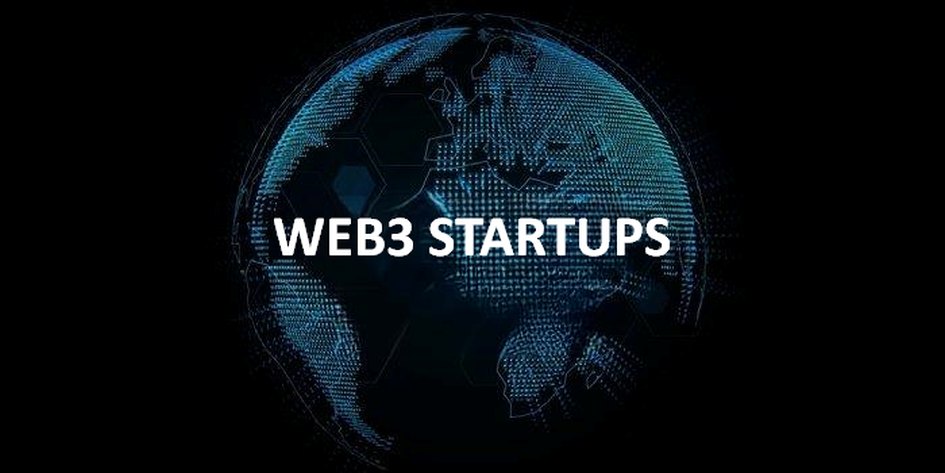Web3 Startups Face a Fundraising Dilemma

Public or private? That, in a nutshell, is the dilemma faced by web3 startups seeking to raise funds. Both approaches come with trade-offs, and the routes aren’t mutually exclusive: it’s not uncommon for projects to follow a private round with a public sale.
But with thousands of case studies to examine from the last five years of crypto fundraising, some key takeaways are evident. It’s clear that the funding route a startup takes is one of the most critical decisions its team will ever make, for it will shape the project’s direction for years to come.
Get it right, and the startup stands an outsize chance of seeing its vision brought to life. Get it wrong, and the project risks dying a slow death due to misaligned incentives, suboptimal token distribution, and investors who are only in it for a quick flip. The stakes couldn’t be higher.
The Pros of Private and Public
There are several advantages to conducting a private raise. For one thing, it’s easier to deal with a small group of accredited investors than it is to engage with a community of thousands who demand a token, CEX listings, and constant project updates. VCs operate on a lower timeframe and the best ones are content to take a light touch, trusting the project team to steer the ship in the right direction.
Private investment is ideal at an early stage when the startup is still in the ideation phase and preparing to build out its concept. Any token – if there is one – will be much further down the line. At this point in time, taking VC funding is cleaner and simpler.
Public sales, however, have the advantage of accelerating community growth and onboarding new users. They provide a greater shot of publicity than any private raise ever could. They also have the advantage of distributing the token to as wide an audience as possible, preventing ownership from being too concentrated.
While venture capital can get the ball rolling, users are the lifeblood of a project and web3 startups must factor their fundraising around this inescapable fact. A community will need to be grown at some stage, and preferably sooner rather than later. But while the advantages of hosting a public sale are compelling, both public and private carry their share of drawbacks.
The Cons of Private and Public
Projects that pursue private funding may succeed in completing a round only to discover that the money solves more problems than it creates. Too often, autonomy is ceded to VCs intent on stamping their authority on a project. While investors generally have good intentions and act in good faith, their vision may be very different from that of the project’s founders.
The worst VCs will pressure web3 startups into launching a token too soon, with tokenomics that allow private investors to dump on retail. Even those who aren’t so mercenary may urge the team to revamp its roadmap, resulting in a product that looks vastly different from what its team originally dreamed. As for startups that don’t intend to conduct token issuance, there’s still the risk of dilution by awarding too much equity to VCs who will capture most of the upside should the project go on to achieve unicorn status.
As for public sales, there’s a lot that can go wrong: the total raise needs to be realistic, the maximum ticket size needs to be fair, KOLs probably need to be onboarded without giving them a disproportionate share of the pie, and the team, private, and public vesting all needs to be worked out, while there needs to be a tokenomic structure that will incentivize holding rather than dumping.
It’s a lot to factor in for a team that has no specialty in such matters and is simply trying to build a game-changing product. Fundraising is important, but it’s all too easy for it to overshadow the entire project, relegating more important business to the sidelines for months on end. No wonder web3 projects are increasingly turning to automated solutions that can handle the fundraising on their behalf, freeing them to focus on their core operations.
Fundraising as a Service
The emergence of web3 fundraising platforms has provided a solution to some of the challenges faced by startups seeking investment. While the dilemma of whether to raise privately, publicly, or both remains, the pressure of needing to oversee the minutiae of the process is eased. Platforms such as AngelBlock are seeing increased adoption by automating fundraising while providing greater transparency for all participants.
One of the biggest issues for potential investors is determining not only what they are eligible to receive, but what others ahead of them in the queue are in line for. By providing a clearly auditable trail for viewing unlocks, vesting, and inspecting tokenomics, AngelBlock brings much-needed clarity to the fundraising process. The fact that it supports equity raises, as well as token raises, adds flexibility, ensuring that early-stage web3 projects aren’t obliged to release a token just to secure capital.
There are many different approaches to web3 fundraising, it should be noted, and it’s imperative for each project to pick the model that’s right for them. This means taking a long view, rather than hastily seeking investment with little recourse for considering what will be expected in return. Rather than being rushed into a token sale or accepting the first VC check proffered, startups should examine all the options on the table.
If your concept is as good as you think it is, you’ll have no shortage of investors clamoring to claim a piece of the action. Evaluate the merits of each one carefully before settling on a favorite. As a startup founder, I might be the most important decision you ever make.

